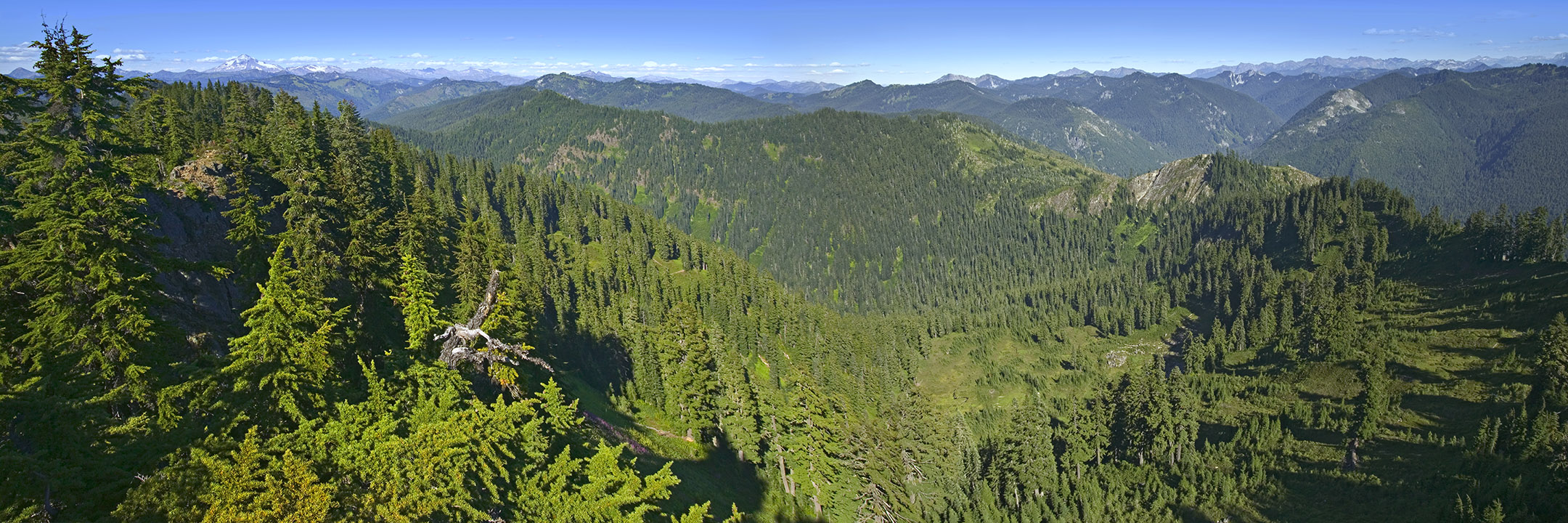
Mount Baker – Snoqualmie National Forest
Mount Baker – Snoqualmie National Forest is located in the northernmost region in the state of Washington. The forest extends more than 140 miles north to south from the Canadian border to Mount Rainier National Park in central Washington. The national forest is situated along the western slopes of the Cascade Range.

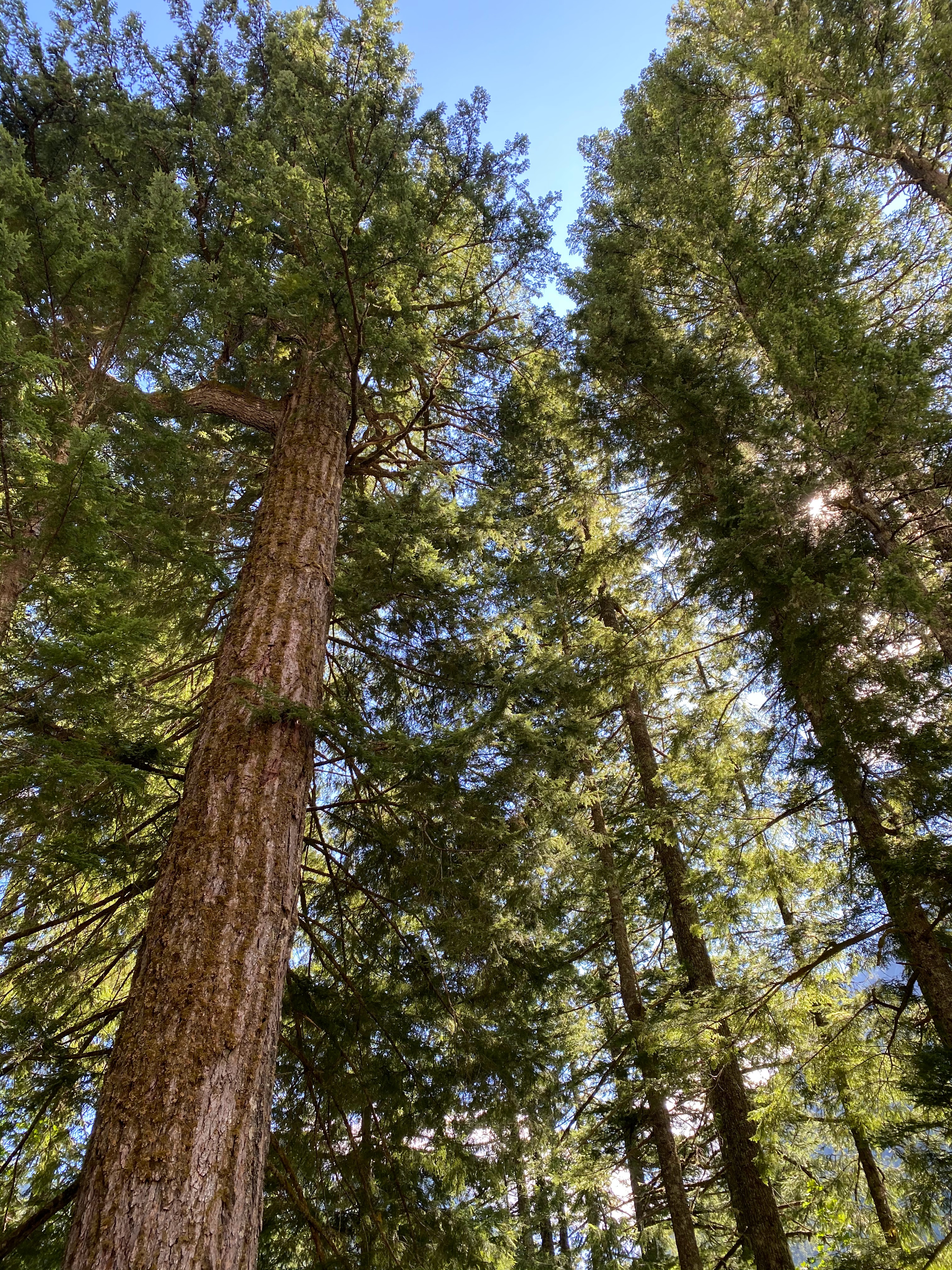


Originally, the Mount Baker area was known as the Washington Forest Reserve created in 1887. The reserve divided into two regions in 1908 creating Washington National Forest in the northern Cascades with Snoqualmie National Forest in the south. In early 1924, the Washington National Forest was renamed the Mount Baker National Forest. Then, in 1973, Mount Baker National Forest merged with Snoqualmie National Forest. Throughout the years the size has changed due to Congress shifting boundaries and redistricting within the forest. Currently, the Mount Baker – Snoqualmie National Forest area size is 1.7 million acres.

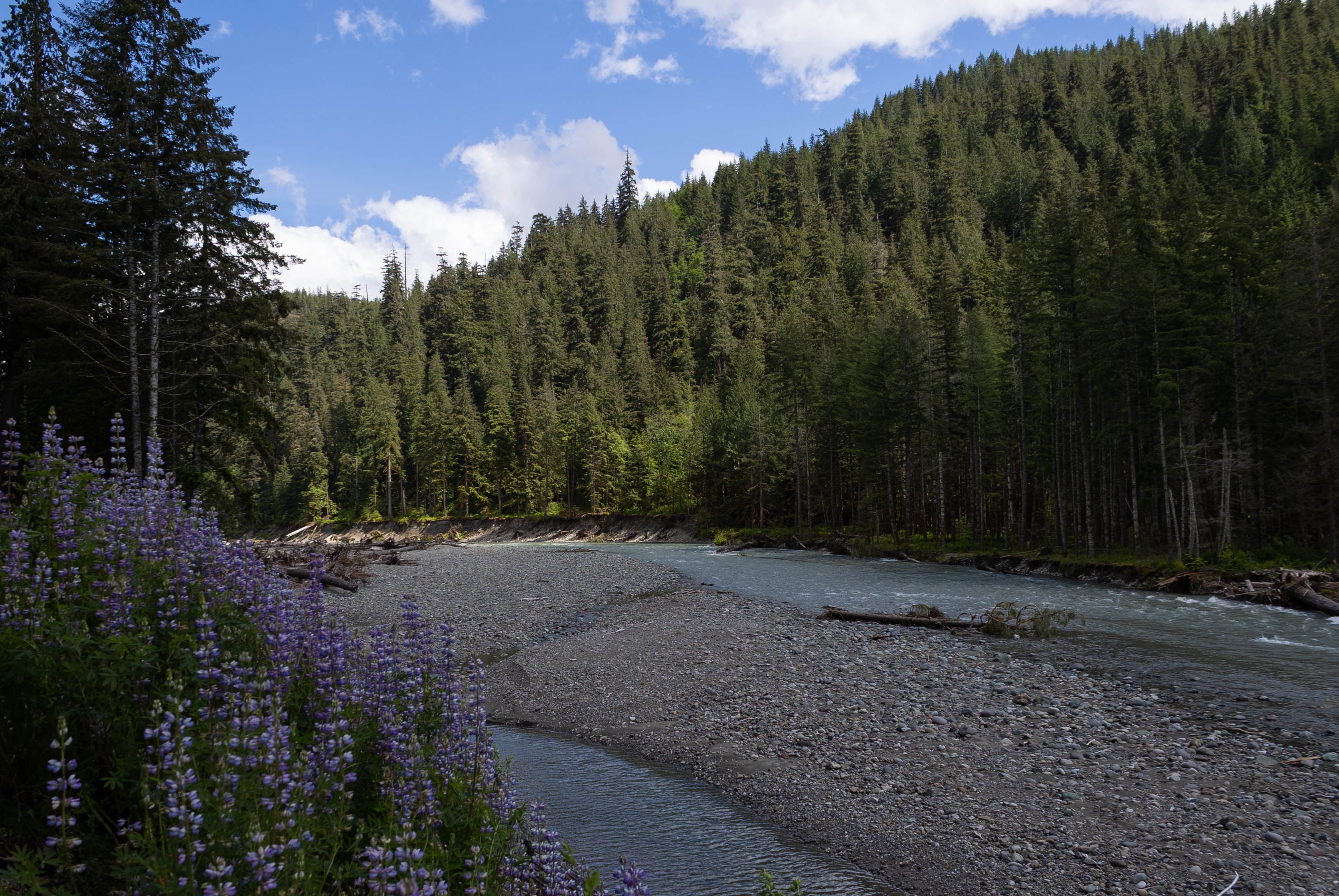
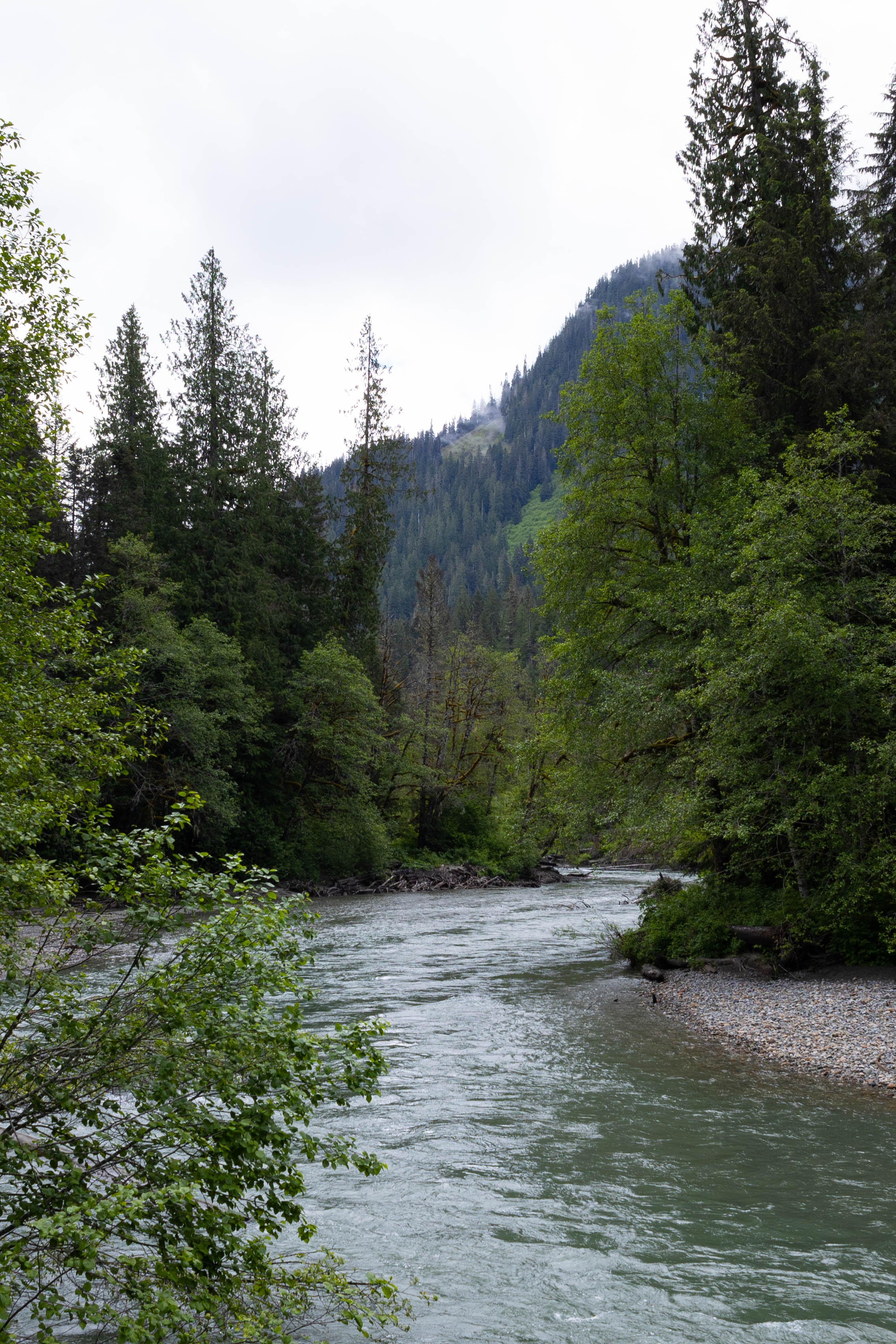
Mount Baker’s elevation of 10,781 feet makes it the third tallest mountain in Washington. It is an active volcano with glaciers covering its peak. Glacier Peak is also within the national forest measuring at 10,541 feet at its highest elevation.
Mount Baker Views



The Mount Baker – Snoqualmie National Forest is unique in makeup because it’s home to more glaciers and snowfields than any other national forests within the contiguous United States. Eleven named glaciers circle Mount Baker second only to Mount Rainier in number and size. Surrounding Mount Baker’s peak, the glaciers have been rapidly reducing in size within the last 40 years. Coleman Glacier is the largest glacier situated on the northwest side of the peak.

The forest is one of the most visited national forests in the United States. In fact, 62% of Washington residents are within an hour drive from the national forest. Despite being a hot spot for nature lovers, parts of the forest are rugged and remote. The hiking app AllTrails has 374 trails listed for recreational use which includes hiking, biking, camping and more.


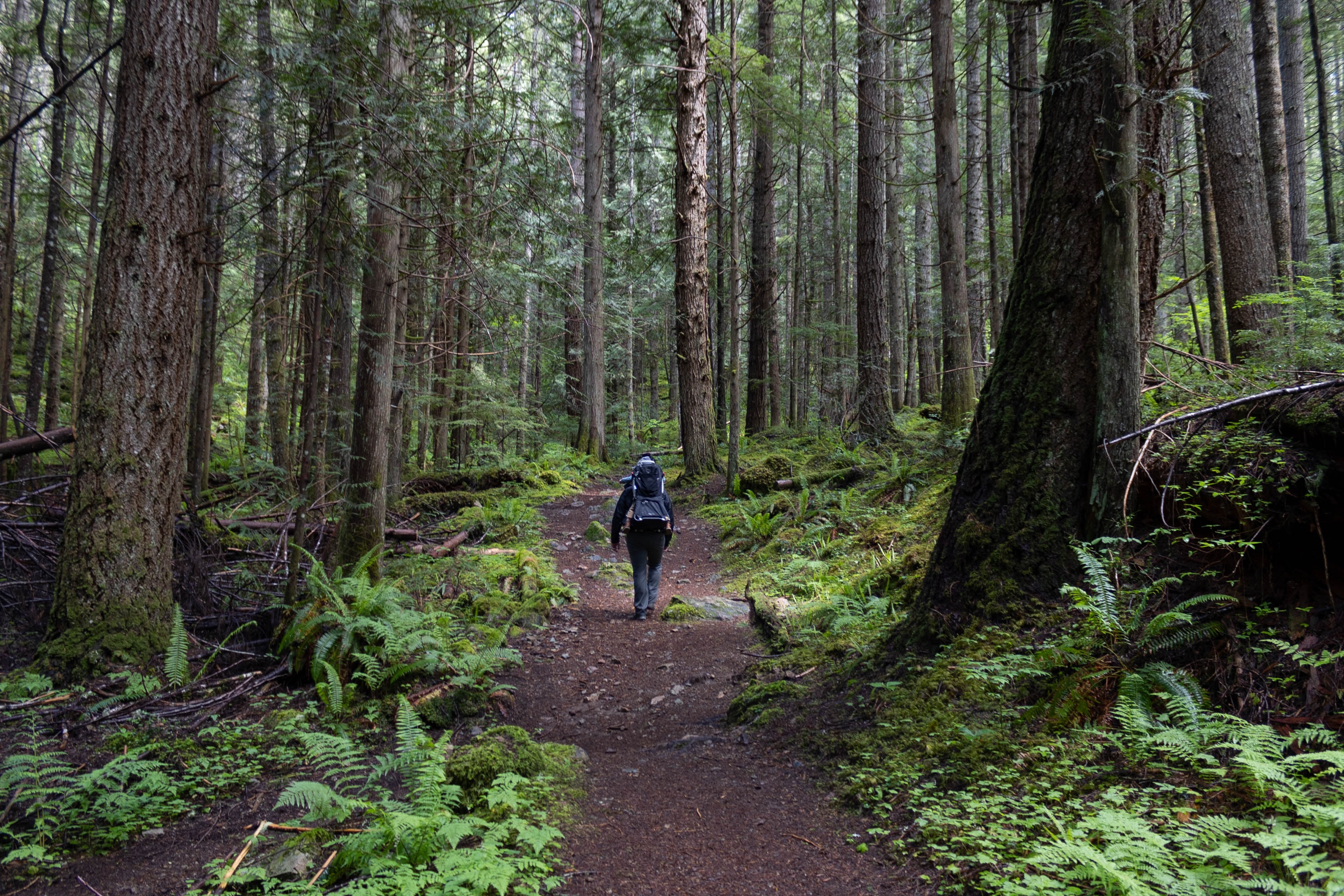


The forest has over 800,000 acres set aside for wilderness areas within its boundaries. Eight wilderness areas cover nearly half of the national forest. Each wilderness area is has a wide spectrum of activities to enjoy, such as rock climbing at Cashmere Crags in the Alpine Lakes Wilderness to an overnight camping trip to one of its many lakes. Leave No Trace is the technique for the visitor trekking through the wildernesses. Listed below are the wildernesses within the national forest:
- Alpine Lakes Wilderness
- Boulder River Wilderness
- Clearwater Wilderness
- Glacier Peak Wilderness
- Henry M Jackson Wilderness
- Mount Baker Wilderness
- Noisy-Diobsud Wilderness
- Norse Peak Wilderness
- Wild Sky Wilderness
Alpine Lakes Wilderness
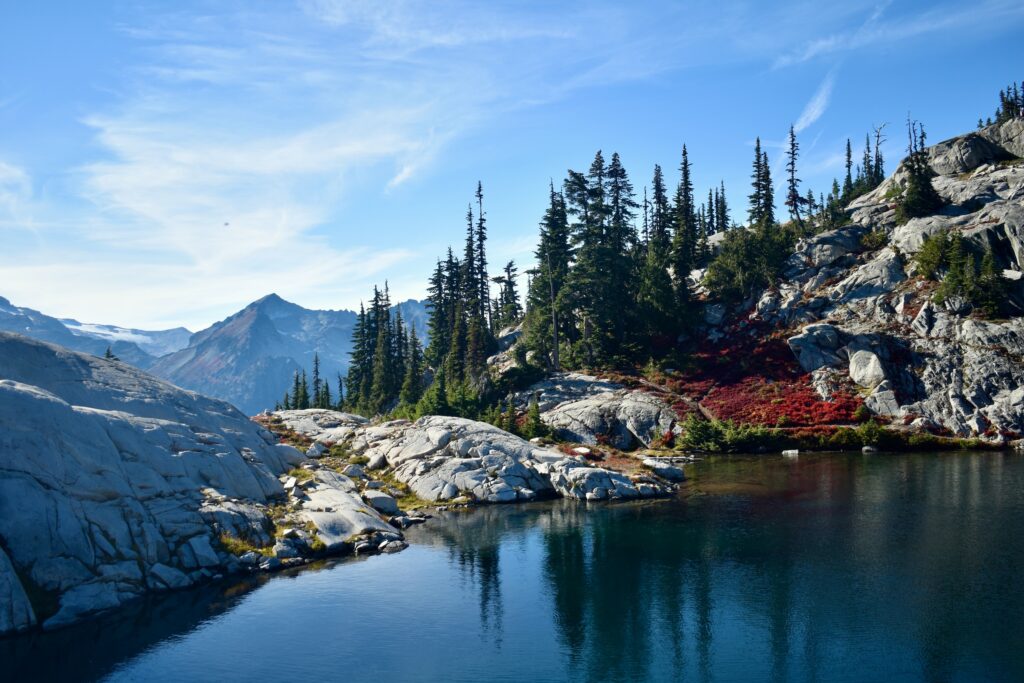
Boulder River Wilderness
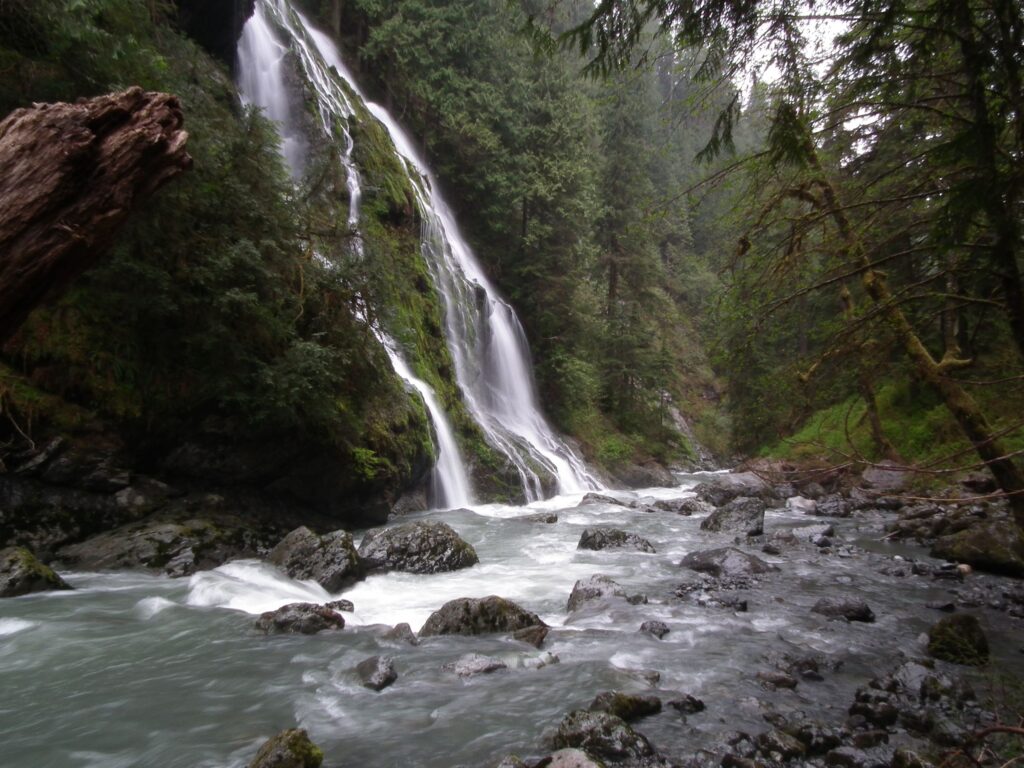
Clearwater Wilderness
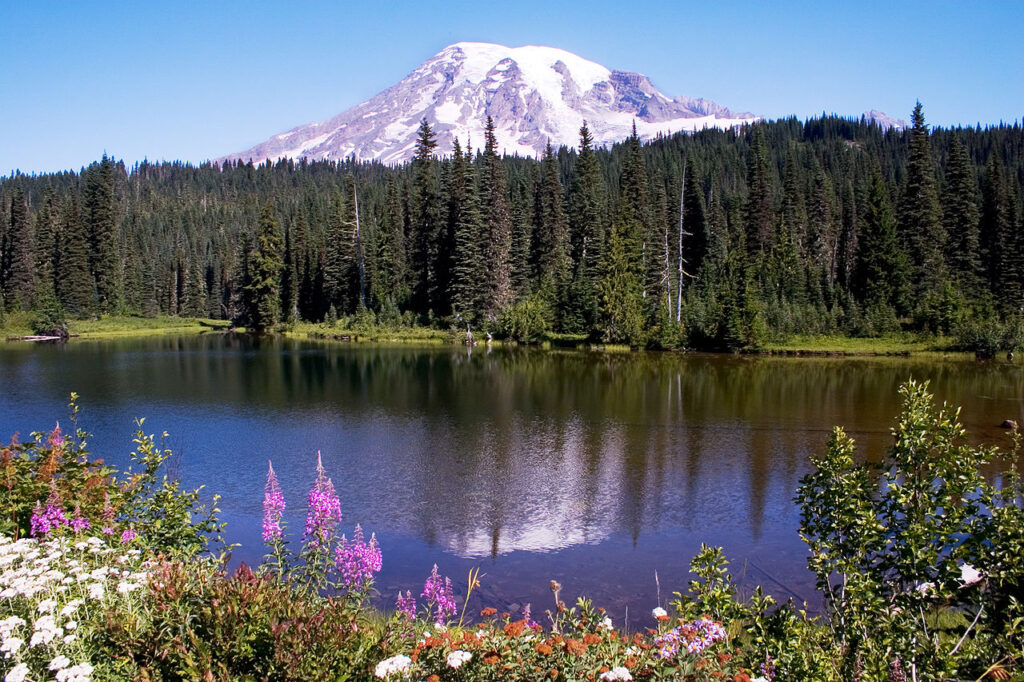
Glacier Peak Wilderness
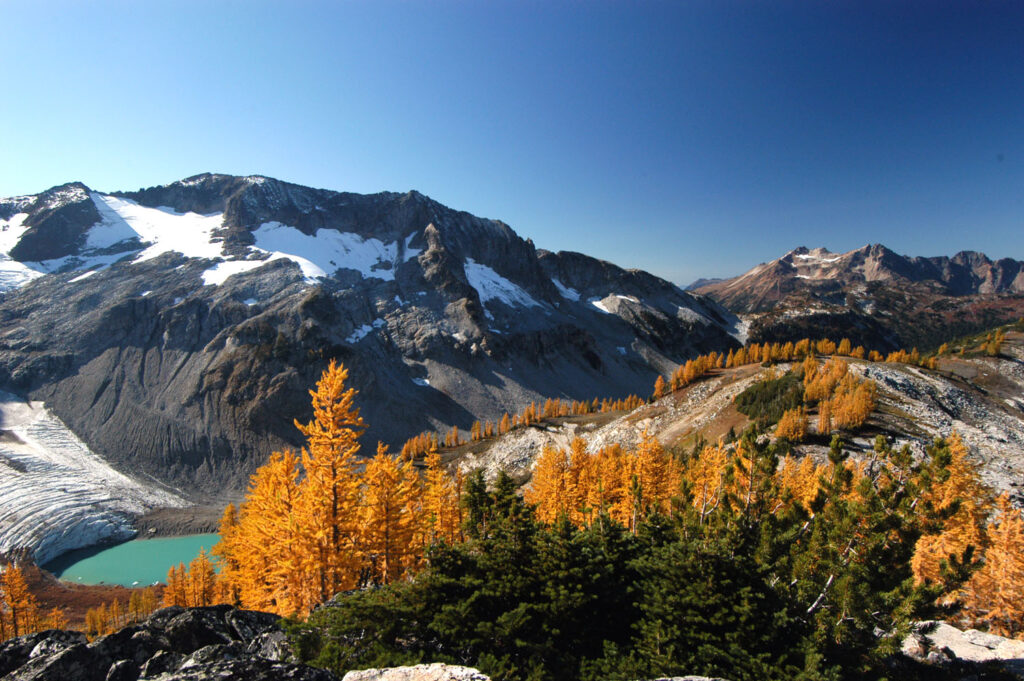
Henry M Jackson Wilderness
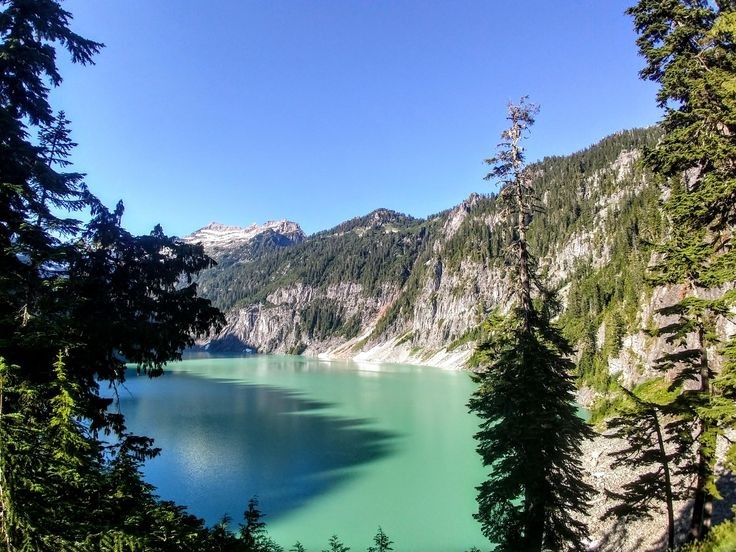
Mount Baker Wilderness

Noisy-Diobsud Wilderness

Norse Peak Wilderness
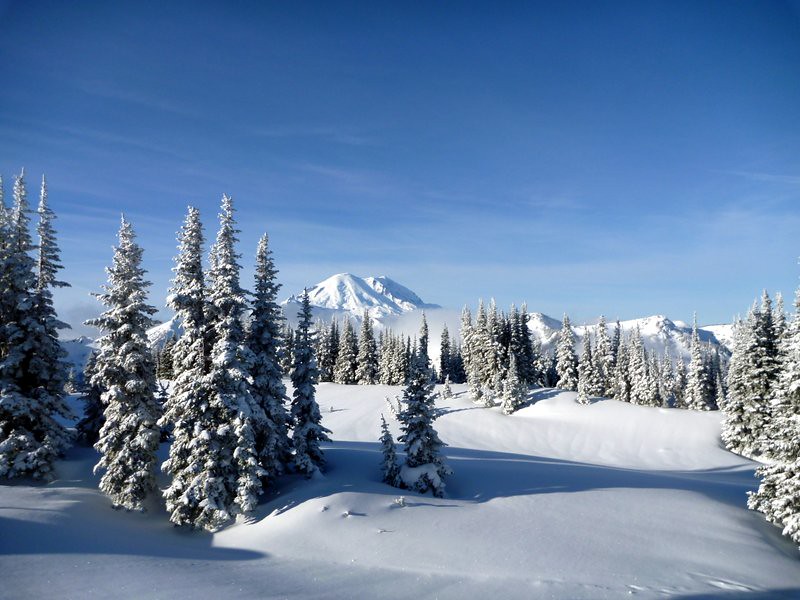
Wild Sky Wilderness
